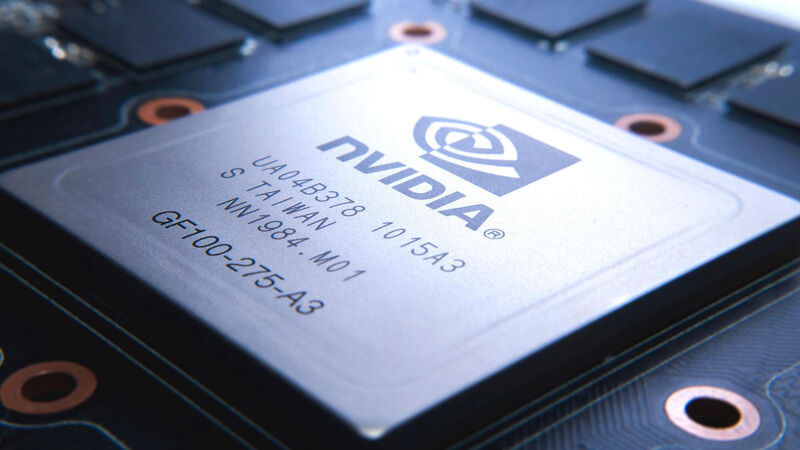S&P 500’s next leg up hinges on battered stocks getting revenge

Strategas Securities' Todd Sohn said: 'While all of the best players from Nvidia to Microsoft pause their rally, the rest of the team is holding up their end of the bargain.'
Try from €1.50 / week
SUBSCRIBECorners of the stock market outside of Big Tech are barrelling higher as traders grow more confident about interest-rate cuts in the near future thus fuelling hopes that another leg of the bull run could be in the offing.
A version of the S&P 500 that strips out market-cap bias just posted the best two-week stretch relative to the S&P 500 since November 2020.
CONNECT WITH US TODAY
Be the first to know the latest news and updates
Newsletter
News and analysis on business, money and jobs from Munster and beyond by our expert team of business writers.
Newsletter
News and analysis on business, money and jobs from Munster and beyond by our expert team of business writers.
Newsletter
Keep up with stories of the day with our lunchtime news wrap and important breaking news alerts.
Newsletter
Sign up to the best reads of the week from irishexaminer.com selected just for you.
Tuesday, November 18, 2025 - 8:00 AM
Tuesday, November 18, 2025 - 7:00 AM
Monday, November 17, 2025 - 9:00 PM
© Examiner Echo Group Limited